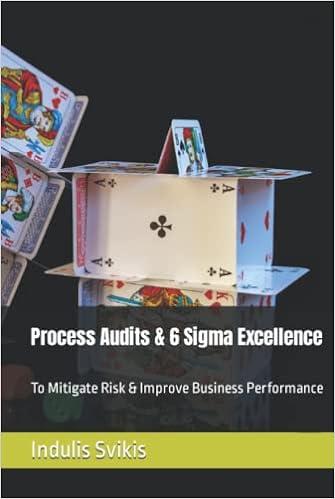Question
Hongren's Cost Accounting, chapter 9, problem 23E If the first two years, the company produced and sold the same number. Therefore no ending inventory. There
Hongren's Cost Accounting, chapter 9, problem 23E If the first two years, the company produced and sold the same number. Therefore no ending inventory. There was equal profit in both years. However, in the third year, production was the same as the first 2 years. However, sales was lower, 10%. We had ending inventory now. The profit was lower in amount. Would this make sense?
Smart Safety, a three-year-old company, has been producing and selling a single type of bicycle helmet. Smart Safety uses standard costing. After reviewing the income statements for the first three years, Stuart Weil, president of Smart Safety, commented, I was told by our accountantsand in fact, I have memorizedthat our breakeven volume is 52,000 units. I was happy that we reached that sales goal in each of our first two years. But heres the strange thing: In our first year, we sold 52,000 units and indeed we broke even. Then in our second year we sold the same volume and had a positive operating income. I didnt complain, of course...but heres the bad part. In our third year, we sold 20% more helmets, but our operating income fell by more than 80% relative to the second year! We didnt change our selling price or cost structure over the past three years and have no price, efficiency, or spending variances...so whats going on?!
What denominator level is Smart Safety using to allocate fixed manufacturing costs to the bicycle helmets? How is Smart Safety disposing of any favorable or unfavorable production-volume variance at the end of the year? Please explain your answer.

Step by Step Solution
There are 3 Steps involved in it
Step: 1

Get Instant Access to Expert-Tailored Solutions
See step-by-step solutions with expert insights and AI powered tools for academic success
Step: 2

Step: 3

Ace Your Homework with AI
Get the answers you need in no time with our AI-driven, step-by-step assistance
Get Started


